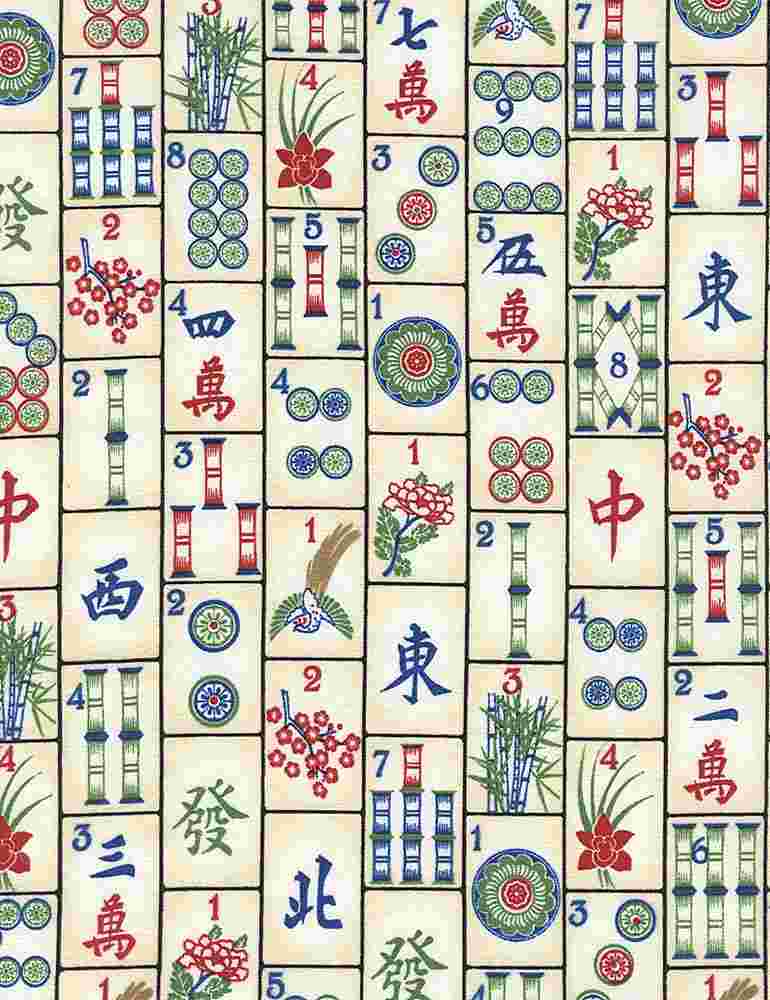

The earliest Italian cards had the suits of Coins, Cups, Swords, and…well, the Italians didn't understand polo sticks, so they became Clubs–that is, big fat cudgels. Cards in this form spread across the Near East and eventually came to Italy, where they fell on fertile ground. So they had 2 "round" suits, Cups and Coins, and 2 "long" suits, Swords and Polo Sticks. So when they invented their cards, they had 4 suits, each representing one of the 4 chief ministries:ġ) Coins, representing the ministry of finance Ģ) Cups, representing the ministry of food ģ) Swords, representing the ministry of war andĤ) Polo Sticks, representing the ministry of games. But I know that in playing with a double set of dominoes (120, as I recall), the only reasonable way to shuffle is to push them together into a rough line a couple of times from different sides, then move them around a lot with a circular motion.Īs for the origin of cards, there does seem to be some Chinese input (especially with the old suit of Coins), but our decks actually took their general form in medieval Persia It seems that the Persians so loved to play games that the shah actually had a minister in charge of games, the premier game being polo. As you probably know, a common theory is that playing cards were invented in China during the Tang dynasty, so I wonder if it is more than a coincidence that "washing" as a method of shuffling is a similar metaphor with poker and Mahjong? Just noting their color is sufficient enough here.There is a style of shuffling that is used in both Western card games and in Mahjong, called "washing" in English and xǐ 洗 ("washing") in Chinese. They are known as the dragons: white, green, and red. Likewise, this is significant to note for yakuhai. The wind tiles correlate to the player seating, and so therefore, it is best to remember the wind tiles in the East, South, West, and North order, as they correspond to the seating order. They are indicated as East, South, West, and North. Ordered 1-9, it is special to note the 1-sou tile which is marked with a large bird instead of 1-stick to discourage cheating by tile alteration. Souzu 「索子」, or sou 「索」, composes the bamboo or stick tiles. Pinzu 「筒子」, or pin 「筒」 for short, composes the coin or circle tiles. The character for man means "ten thousand". Standard Japanese sets lack these alphanumeric superscripts. While some sets have the alphanumeric representations of the numbers superscript on the upper right corners, it is actually best to remember the kanji for 1-9. The Chinese characters or Japanese kanji are used to indicate the numbers 1-9. Manzu 「萬子」, or man/wan 「萬」 for short, composes the character tiles. Within the numbered suits, the tiles numbered 2 through 8 are composed of the simples, while the 1's and 9's are separated as the terminals.Īll tiles listed here follow the order used for dora. Three groups of tiles form the numbered suits, while another group form the honor tiles, which can be further subdivided as dragons and winds. The first distinction is the separation by suits and tile types.

The tiles may be subgrouped in a couple different ways. Like most mahjong tile sets, these tiles are capable of standing on their own. Typically, Japanese tiles are individually about the size 16 mm x 19 mm x 26 mm (WLH). The remaining four tiles are four flower tiles, which are not used at all. To use these tiles, regular five tiles are switched with the red dora. The extra tiles are four red five dora tiles: one for manzu and souzu, and two for pinzu. Even then, a specialized set called a "Washizu set" features 3 out of 4 tiles using transparent acrylic material.įor Japanese mahjong, 136 out of 144 tiles are used. Some sets come with tiles whose front and back side are of the same color. Usually, every tile is dual colored, with every tile having the same colored back side and these colors vary from one set to another. For every tile, there is four of each type. Japanese mahjong sets usually come with 144 tiles in a case.


 0 kommentar(er)
0 kommentar(er)
